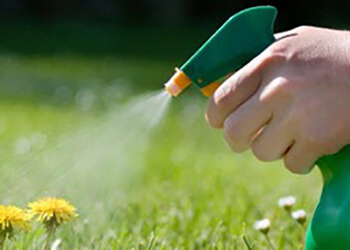IMPORTANT UPDATE: We are now on our journey to becoming Culligan (UK) Ltd. Click here to read our FAQ’s and find out what this means for you.
Read moreRead lessHow to remove chemicals in drinking water?

The total numbers of contaminates in tap water across the UK is unknown. A conservative guess can put the number at 14. We do know for certain however that at small levels fluoride, chlorine, nitrate and arsenic are all known to be found in tap water supplies in the UK.
Quick Facts
- We know of 14 contaminants that can be found in water supplies across the UK.
- The most common of these chemicals are chlorine, fluoride and aluminium.
- In small amounts the majority of these chemicals cause no harm, however can be an issue at more concentrated levels.
Why does my tap water contain Chemicals?
There are two mains reason why we find chemicals in our tap water supplies. Firstly at very small amounts chemicals such as Chlorine and Fluoride provide health protection benefits. Chlorine helps reduce harmful bacteria growth whilst Fluoride can help improve dental health. Secondly there are various naturally occurring chemicals such as Nitrate and Arsenic that occur during the water provision process. In most cases these chemicals pose not health risks from consumption due to the trace amounts contained.
Chemicals and your health
Chlorine is perhaps the most scrutinised chemical of all when it comes to possible health concerns. When you take into account it's level of application and the fact that in rare cases, consuming this chemical has been found to be linked to several forms of cancer, asthma and heart disease. Similarly in rare cases fluoride has been linked to several conditions affecting the brain and thyroid as well as being associated with a number of behavioural issues.
Potential problems with chemical by-products
Many are unaware that it is often the by-products that are created between these chemicals, and during the transition of the water, that pose a more serious threat to our health. Aluminium for example provides particular cause for concern, as it can raise the acidity of the water, which in turn results in the water absorbing more significant levels of lead, cadmium, copper and other heavy metals from pipes, which can cause a plethora of side affects.
It’s also worth noting that testing of chemicals found in drinking supplies only happens at the source, and the water that arrives in our homes and businesses could well be very different to the water at its original filtration plant.
This fact can cause two of the more serious water contamination issues:
- Lead – Lead can enter water whilst in transit via corroded pipes and has been found to be linked to learning difficulties, behavioural problems, mental and physical problems, hypertension, strokes and heart disease. Lead poisoning, which is extremely dangerous can sometimes require years before any symptoms are shown – by which point health complications may be irreversible. If you’d like to know what to do if lead is in your water take a look at our article on this contaminant.
- Giardia and Cryptosporidium – These forms of bacteria contamination are commonly responsible for gastro-intestinal diseases and can enter our water supplies where there are issues with sanitation.
What should you do if you discover Chemicals in your water?
Given the number of chemicals in our water supplies, being able to monitor and test for each one is a difficult task. If you have reason to believe that you water is contaminated, whether due to a change in colour, odour or taste, our advice is that you get in touch with your local water service provider or a qualified plumber to test your water.




